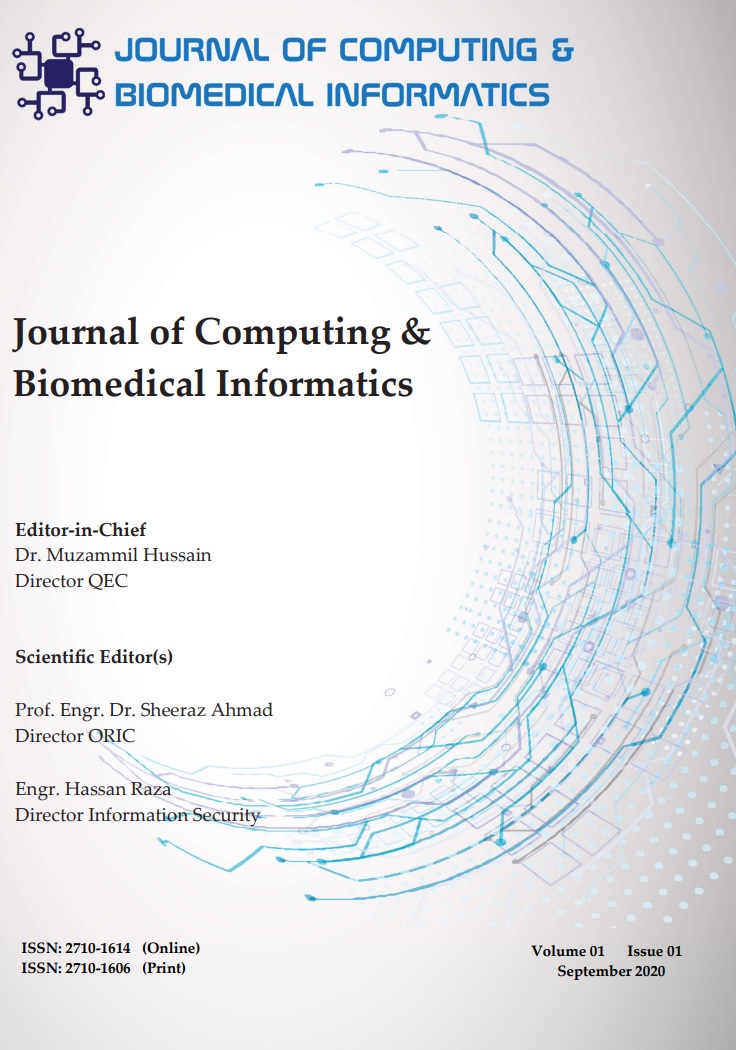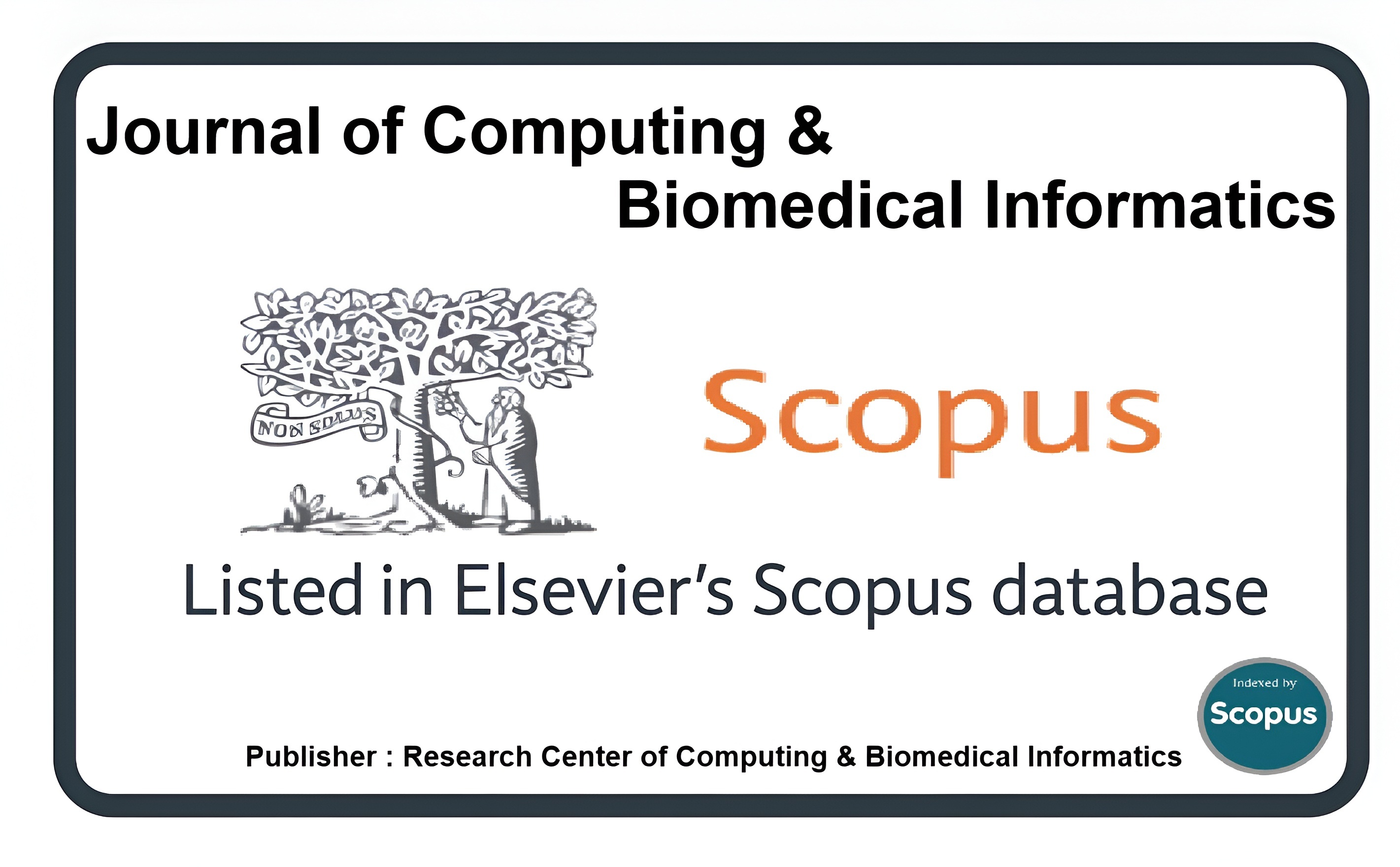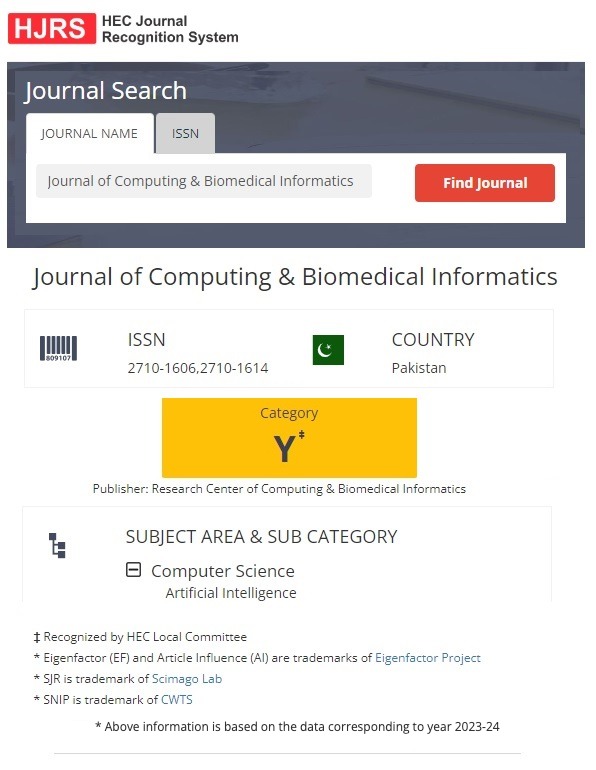Enhanced Liver Disease Prediction using Multi-Dataset Integration and CNN Optimized with Pelican Algorithm
Keywords:
Cirrhosis, Deep Learning, CNN, MCC, Pelician OptimizationAbstract
Several prediction techniques for liver disorders have been developed. However, they are more costly and sophisticated. This endeavor aims to develop an effective approach for detecting liver disorders in their early stages. This research describes convolutional neural network (CNN) infrastructure for harmless he-patic failure forecast. The Pelican Optimisation Algorithm (POA) balances bounding box regression and branching training losses for the CNN model. The liver disease characteristics were taken from three da-tasets: Indian liver patient records(ILPR), Hepatitis C, and Cirrhosis Prediction dataset. The POA-modified CNN model mostly identifies relationships between various laboratory values and diag-noses. The proposed model outperforms SOTA methods, including Opposition-based Laplacian Equi-librium Optimiser, Adaptive Hybridised Deep CNN, SVM, and Tree-based classifiers, in terms of accuracy, precision, recall, F-measure, and Mathews Correlation Coefficient. The proposed model has an MCC value of 94.8945, accuracy of 98.6743%, precision of 96.2436%, F1-measure of 97.5524%, and recall of 95.7887%, respectively. The findings show that the suggested strategy effectively predicts liver illness early on through automated screening, reducing strain on caregivers.
Downloads
Published
How to Cite
Issue
Section
License
This is an open Access Article published by Research Center of Computing & Biomedical Informatics (RCBI), Lahore, Pakistan under CCBY 4.0 International License





